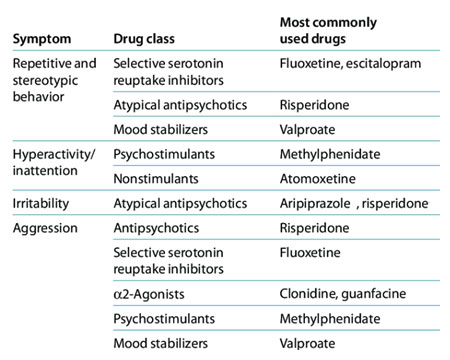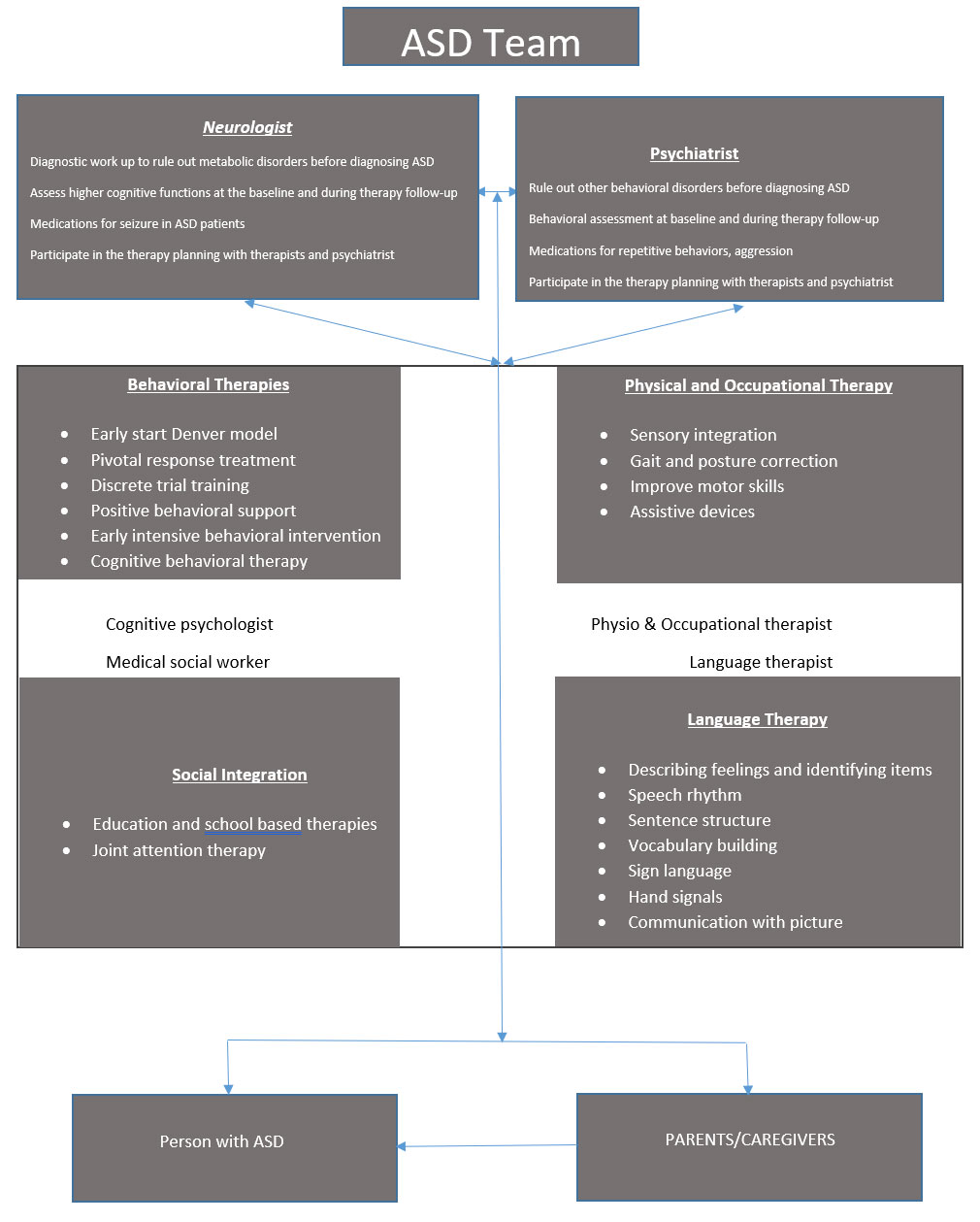What Is Autism Spectrum Disorder?

Autism is a loose word used in the community to describe persons affected with autism spectrum disorder (ASD). It encompasses the previously separate entities autistic disorder, Asperger’s disorder, childhood disintegrative disorder and pervasive developmental disorder as a spectrum varying from mild to severe presentations.
The DSM 5 criteria require the following sub-categories to satisfy the diagnosis of autism spectrum disorder:
- Continuing deficiencies in social relationships across multiple contexts
- Limited and unchanging patterns of behaviour or activities
I. Deficiencies in Social Relationships Across Multiple Contexts
Deficits in Initiating and Responding in Social Environments
- Lack of comfort in social situations and inability to have a reciprocal conversation
- Deficiencies in sharing feelings or interests
- Inability to have normal social interactions
Deficits in Non-Verbal Communication
- Lack of coordination in verbal and non-verbal communication, eye contact and gesture/body language abnormalities
Deficits in Ability to Maintain Relationships
- Adjusting behaviour across various social contexts
- Problems with creative play or making friends
- Disinterest in friends
II. Limited and Unchanging Patterns of Behaviour and Activities
- Repeating actions or speech
- Discomfort with change
- Single-minded, abnormal interest in activities
- Hyper- or hypo-reactivity where physical senses are concerned
Who Gets Affected?
Most of the Autism Spectrum Disorder affected individuals exhibit their symptoms during the early developmental years. However, a few may have their deficits masked by learned strategies or may not have had the manifestation until social demands exceed their limited capacities. Hence, it is not surprising to diagnose an adult with autism spectrum disorder despite them being placed well in life in terms of occupation or having a family of their own. Autism occurs across all races and socioeconomic groups; however, it is more common among males than females, happening at a ratio of 3-4:1. Female autistic children however have a slight disadvantage of receiving late diagnosis or misdiagnosis because of the high prevalence in the male population.
What Leads to ASD?
ASD is a neurobiological disorder influenced by genetic and environmental factors affecting the developing brain. Imaging studies have noted a difference in the architecture of persons with ASD. There is a disruption in the cortical laminar architecture in the majority of the subjects, thus leading to problems with cortical layer formation and neuronal differentiation. This leads to an improper connection between the attention networks and the networks from various sensory cortex (touch, vision, auditory and smell). The disintegration between the attention and sensory networks leads to a poor reaction to the sensory inputs and a lack of socialization in ASD.
Is There a Treatment?
The answer is yes and no. The pharmacological treatments play a predominant supportive nature. The predominant treatment is behavioural therapy and occupational therapy with support from language therapy whenever necessary. Most people with ASD will require a combination of various therapies with a few people requiring pharmacological management.
Who Manages the Autism Spectrum Disorder?
Majority of ASD expresses well within 3 years of age, thereby making the paediatrician the primary care physician in ASD management. Considering the pathogenesis, ASD is a disorder of cortical networks and hence should be managed by a neurologist. Given the predominant behavioural manifestation of the disease, one could think that the psychiatrist should play a major role in managing the disorder. In reality, none of this happens and a majority of people with ASD are under the management of an occupational therapist and a language therapist without input from any of the physicians. This is predominantly because of the limited support from medications, the extensive time needed for cognitive assessment and a lack of interest from physicians on cognitive neuroscience.
ASD is a neuropsychiatric disorder that requires a team rather than a lone specialist to focus on the output of the affected person (Table 1). Medications in ASD come in handy only when the therapy goals are hindered by aggression, repetitive behaviours or poor attention (Fig 1).

Figure 1: List of Medications Used in the Management of Autism Spectrum Disorder


Dr. Venkatraman Karthikeayan
Consultant Neurologist
Kauvery Hospital, Chennai

